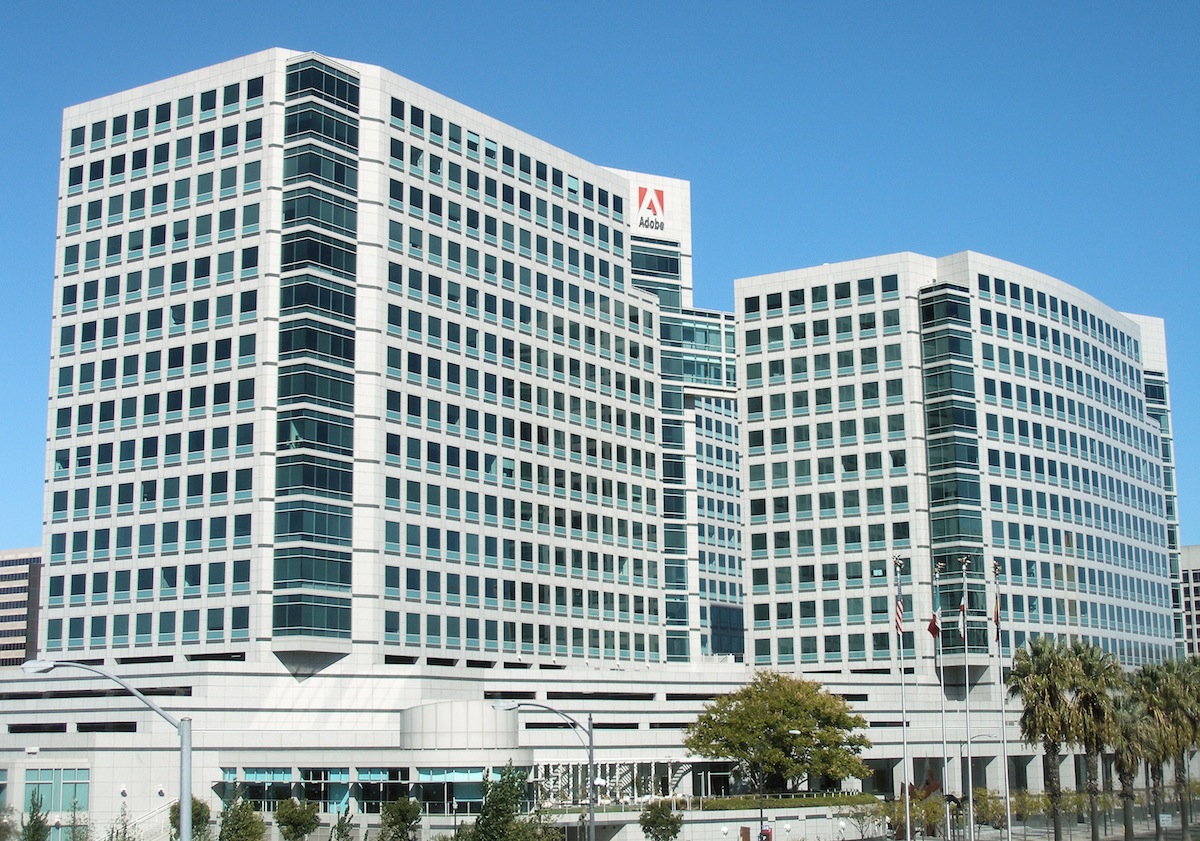Spending by U.S. businesses on new and used structures and equipment rose 4.5%, from $1.42 billion in 2012 to $1.49 billion in 2013, according to the latest economic data released today by the U.S. Census Bureau.
These findings come from the 2013 Annual Capital Expenditures Survey, which provides statistics on capital spending for new and used structures and equipment by U.S. non-farm businesses with and without paid employees. This survey, conducted annually since 1994, is an integral part of the federal government’s effort to improve and supplement ongoing statistical economic programs.
Highlights:
• Investments for new and used structures totaled $577.9 billion in 2013. The vast majority of this amount, $545.0 billion (94.3%), was spent on new structures. Expenditures for used structures totaled $33.0 billion (5.7%) in 2013.
• Investments in new and used equipment totaled $910.3 billion in 2013, up $57.0 billion (6.7%) from $853.2 billion in 2012. The majority of this amount (94.1%) was for new equipment, which totaled $856.7 billion in 2013, an increase of $56.5 billion (7.1%) from $800.2 billion in 2012. Expenditures for used equipment (5.9% of the amount) totaled $53.5 billion in 2013.
• Companies with employees accounted for $1.4 trillion (93.9%) of total capital spending in 2013.
• Of the 19 North American Industry Classification System (NAICS) major industry sectors covered in this report, only one sector had a statistically significant year-to-year decrease in capital spending: The utilities sector (NAICS 22) showed a decrease of 10.6%, from $125.0 billion in 2012 to $111.7 billion in 2013. Eight sectors had a statistically significant increase in capital spending and ten showed no statistically significant change during this period.
Related Stories
Shopping Centers | Mar 7, 2024
How shopping centers can foster strong community connections
In today's retail landscape, shopping centers are evolving beyond mere shopping destinations to become vibrant hubs of community life. Here are three strategies from Nadel Architecture + Planning for creating strong local connections.
Market Data | Mar 6, 2024
Nonresidential construction spending slips 0.4% in January
National nonresidential construction spending decreased 0.4% in January, according to an Associated Builders and Contractors analysis of data published today by the U.S. Census Bureau. On a seasonally adjusted annualized basis, nonresidential spending totaled $1.190 trillion.
MFPRO+ Special Reports | Mar 6, 2024
Top 10 trends in senior living facilities for 2024
The 65-and-over population is growing faster than any other age group. Architects, engineers, and contractors are coming up with creative senior housing solutions to better serve this burgeoning cohort.
Office Buildings | Mar 5, 2024
Former McDonald’s headquarters transformed into modern office building for Ace Hardware
In Oak Brook, Ill., about 15 miles west of downtown Chicago, McDonald’s former corporate headquarters has been transformed into a modern office building for its new tenant, Ace Hardware. Now for the first time, Ace Hardware can bring 1,700 employees from three facilities under one roof.
Green | Mar 5, 2024
New York City’s Green Economy Action Plan aims for building decarbonization
New York City’s recently revealed Green Economy Action Plan includes the goals of the decarbonization of buildings and developing a renewable energy system. The ambitious plan includes enabling low-carbon alternatives in the transportation sector and boosting green industries, aiming to create more than 12,000 green economy apprenticeships by 2040.
MFPRO+ News | Mar 1, 2024
Housing affordability, speed of construction are top of mind for multifamily architecture and construction firms
The 2023 Multifamily Giants get creative to solve the affordability crisis, while helping their developer clients build faster and more economically.
K-12 Schools | Feb 29, 2024
Average age of U.S. school buildings is just under 50 years
The average age of a main instructional school building in the United States is 49 years, according to a survey by the National Center for Education Statistics (NCES). About 38% of schools were built before 1970. Roughly half of the schools surveyed have undergone a major building renovation or addition.
MFPRO+ Research | Feb 28, 2024
New download: BD+C's 2023 Multifamily Amenities report
New research from Building Design+Construction and Multifamily Pro+ highlights the 127 top amenities that developers, property owners, architects, contractors, and builders are providing in today’s apartment, condominium, student housing, and senior living communities.
AEC Tech | Feb 28, 2024
How to harness LIDAR and BIM technology for precise building data, equipment needs
By following the Scan to Point Cloud + Point Cloud to BIM process, organizations can leverage the power of LIDAR and BIM technology at the same time. This optimizes the documentation of existing building conditions, functions, and equipment needs as a current condition and as a starting point for future physical plant expansion projects.
Data Centers | Feb 28, 2024
What’s next for data center design in 2024
Nuclear power, direct-to-chip liquid cooling, and data centers as learning destinations are among the emerging design trends in the data center sector, according to Scott Hays, Sector Leader, Sustainable Design, with HED.
















